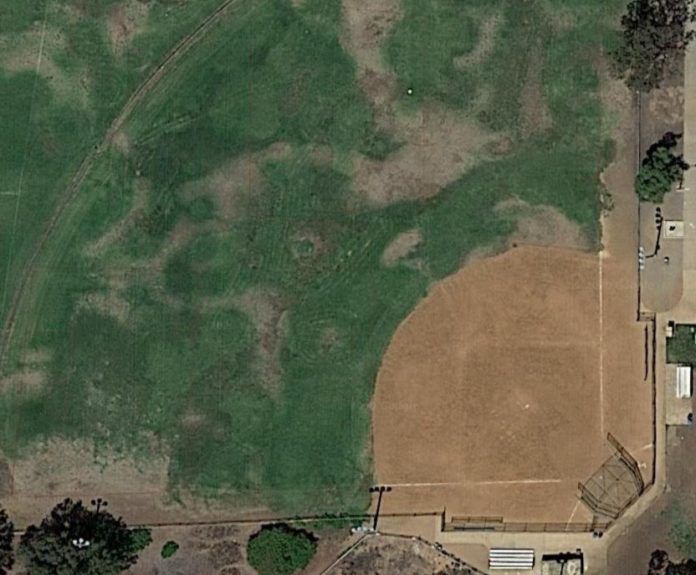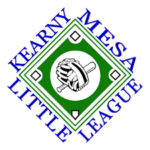
I want to drive my car.
But I know I shouldn’t.
It’s not essential. I just want to go to my storage unit a few blocks away.
There’s something I really need.
Not essential. But needed.
Hard to distinguish these days.
The storage unit is in the city, not out where the land is cheaper, the roads wider and left turn signals unnecessary.
It’s in an old building that used to be something else, like a lot of things in D.C. Six stories, I think. I never paid much attention. But I think about that brick building a lot now because I want to get inside. Not essential, though.
It has a very short and tight driveway. When you turn off the busy street you have to look very carefully for pedestrians. They have the absolute right-of-way. It’s that kind of neighborhood. Half the security code is made up of 60 percent of my childhood phone number.
You park inside the building in what feels like an underground alley. Main Office on the right. Storage on the left. Fluorescent lights. Concrete floors painted like a battleship. I pay extra for air conditioning. Keeps things from spoiling. Like a morgue. Except for me the things on the other side of my padlocked metal door help me come alive.
If I were there, I know it’s not essential, but if I were there I would take down the boxes, move the blankets and open the big plastic chests. I would look for a cartoon, a cartoon of a boy with an ill-fitting baseball glove and a perfectly proportioned smile on his face. He stands alone. No baseball field behind him. No other artistic ornaments. Just a boy. Grinning. Glove in hand. All drawn by a person I will never know, but whose graphic inspiration clearly sprang from Charles Schultz. The boy looks like a distant cousin of Charlie Brown.
He is the boy on the cover of the Kearny Mesa Little League program, circa 1970. He’s who I want to see again. Not essential. But boy, I miss him just now.
That was the first year I played organized baseball. My team had a sponsor. Fun Bike Center. How wondrous that sounded. Fun Bike Center. I was eight and about that time I was beginning to learn what I loved in this world outside of my family. The list was short. My bicycle. My baseball. What a gift that my first little league team combined both. I didn’t care that Fun Bike Center sold motorcycles. It said “Bike” and that was more than good enough for me.
I played in the “Caps” division. We wore blue jeans. Some kids had cleats; some sneakers. Our uniform consisted of a cap, a T-shirt and an under jersey. Our caps and T-shirt were dark blue. Our jersey had red sleeves. My mother ironed the letters KM on my cap. The T-shirt had Fun Bike Center silk-screened on the front. I was someone. I was sponsored.
And the program.
I don’t know how it came into our house. Maybe mom picked it up. Maybe it was mailed. Maybe the coach dropped it off. Or it came from the team mother (our team had a designated mother, can you believe it?). All I know is when I saw that face on the cover, I felt I knew that boy. Smiling. Serene. Alone.
 I don’t mean alone in a bad way. All children feel alone. I mean that baseball is a lonely game. That’s why it’s not for everyone. You bat alone. You pitch alone. You field alone. You play with others, but your double, your throwing error, your stolen base and your strike out are all yours. You know why there’s no crying in baseball? Because there’s no hiding in baseball. And if you can’t abide the inability to hide, you will cry.
I don’t mean alone in a bad way. All children feel alone. I mean that baseball is a lonely game. That’s why it’s not for everyone. You bat alone. You pitch alone. You field alone. You play with others, but your double, your throwing error, your stolen base and your strike out are all yours. You know why there’s no crying in baseball? Because there’s no hiding in baseball. And if you can’t abide the inability to hide, you will cry.
Inside that program the league devoted a page to each Kearny Mesa Little League team. There were three divisions: Majors, Minors and Caps. At age eight I took it as an immediate point of pride that the top league was named after me. More importantly, each team was listed in crisp print on its designated page.
I turned the pages carefully to find “Caps” and then hunted for the “Fun Bike Center” page. Finding it was like discovering a map of the world, a treasure chest and a mirror all at once. I saw the letters of our sponsor in big black type. Then my manager. They even listed the coaches by name. Then, just below a thin black line offsetting coaches from players, our roster was printed in two neat rows perfectly spaced and equal in length. My eyes moved over the names and numbers of my teammates — gum-chewing strangers two weeks ago at tryouts, but now dusty soulmates — until I saw my name and number. Major Garrett 6.
Six has been my lucky number ever since. Dark blue my favorite color. Red my favorite accent color. I was in a program. A printed document.
That season we won the last game of the season. I don’t know if you could call it a championship. I didn’t know about championships at age eight. But I have every reason to believe it was for first place, which seemed to matter to many people in the stands.
I came up to bat in the bottom of the last inning and the game was tied. I wasn’t much of a hitter but I was fast and surprisingly nervy on the bases. Unlike many boys on my team, I loved and instinctively knew how to slide. My coach….was it Mr. Bailey or Mr. Daley? God I wish I could remember. It’s in the program. In storage. Not essential. But meaningful.
My coach pulled me aside and asked me to try not to hit the ball. He asked me to walk. This was not difficult. Eight year olds, as a rule, have a very rough relationship with the strike zone. In 1970 you played baseball without coaches pitching or with tees or pitching machines. Walks were not only prevalent, they were the excruciating norm. I can only imagine how parents of that era suffered.
The “Caps” field, by the way, was down a dirt road and across the canyon from Mesa College. The “Minor” and “Major” league fields, regularly mowed and chalked, were next to the paved roads within the new Kearny Mesa Recreation Center. The “Caps” field was an afterthought and played as if it was also a grazing area for goats; grass in some spots, picked over dirt in others.
I reached first base on a walk and I remember the parents began cheering. Maybe they knew something. Reputations do not typically follow eight years olds, but I guess some people had seen me steal a base or two. My coach gave me simple directions. If you get on, steal on each pitch. I slid into second base. Safe. I slid into third base. Safe.
The sun slid too — beneath the horizon and dusk, that tattered husk of the day, was on its last threads. The goat yard had no lights. The game would end soon, one way or another. I pushed my cleat against third base (no lead offs in “Caps”) and watched the pitcher wind up. The ball sailed over the batter’s head and smacked into the wooden hull of the backstop.
“Go,” my coach said. I ran as I had always run. I won’t say I ran faster because I have no sense that I did. I did what I was told. That was what being eight for me was all about. I slid. I was safe. The crowd was very happy and loud.
I don’t remember anything else about that. But I do and have forever remembered that my coach lifted me up in his arms. He was a gentle man not prone to emotions. I had never seen him smile like that. He was holding me aloft and I could see my jubilant teammates in a sort of smeared jumble below, the white outlines of “Fun Bike Center” sparkling in the fading light. For the first time something I did made other people happy.
All that comes flooding back when I look at my collection of Kenny Mesa Little League programs. There were other times I did well in Little League. But nothing like First Place for Fun Bike Center.
I miss baseball very much right now.
I want to get in my car.
But it’s not essential.
Author’s note: This column is dedicated to all the small businesses that made my Little League life and Kearny Mesa Little League programs possible. It is also fervently dedicated to all current Clairemont Times advertisers. These family-run businesses believe in this neighborhood and believe in keeping a community newspaper alive.
In their honor and with profound thanks I list their names here: Chapman Real Estate; Dick McEntyre, estate attorney; San Diego Mesa College; San Diego Continuing Education; Dr. Walter Jolley, a podiatrist; The Serenity Shop; CLD Electric; Peter D’s; Siesel’s Meats; Konstrukt Design & Remodel; Clairemont Hilltoppers Little League; and Pet Nanny-Annie.
Major Garrett was born and raised in Clairemont, is Chief White House Correspondent for CBS News, host of “The Takeout” podcast and author of the book “Mr. Trump’s Wild Ride: The Thrills, Chills, Screams and Occasional Blackouts of His Extraordinary First Year in Office.”



